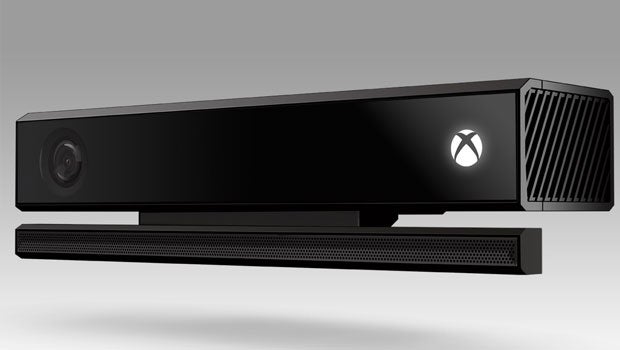Microsoft almost built Kinect directly within the Xbox One

Just weeks after cutting the peripheral as a mandatory, boxed accessory, Microsoft has revealed that it considered building Kinect directly within the Xbox One console.
Having launched the Xbox One last November with Kinect coming as a price-hiking, consumer-deterring compulsory add-on, Microsoft recently backtracked on its previous standpoint, confirming that a Kinect-free Xbox One will be offered from next month.
Now, however, designer Carl Ledbetter has revealed how this almost wasn’t an option, with Microsoft having considered building the motion-tracking peripheral directly into the console.
“We actually built models of that,” Ledbetter, who worked on the latest Xbox, told Develop when questioned on a Kinect incorporating Xbox One.
Dubbing the Kinect hosting console “an extraordinary challenge,” he added: “We pushed ourselves, can we put it all in one? Is that going to work? And the technology just isn’t there yet.
Microsoft’s decision to drop Kinect from the Xbox One bundle – reducing the console to a PS4-rivaling £349 price point in the process – has been met by much praise and Ledbetter believes it is “good for the consumer.”
He stated: “I share the same opinion that everybody does that by having more choice for the consumer, and a new point of entry for them, it’s great.
“Somebody can now buy the console and who knows, after a day, or a week, or a month they can always go buy the Kinect sensor, add it and plug it right in.”
Read More: Xbox One vs PS4

